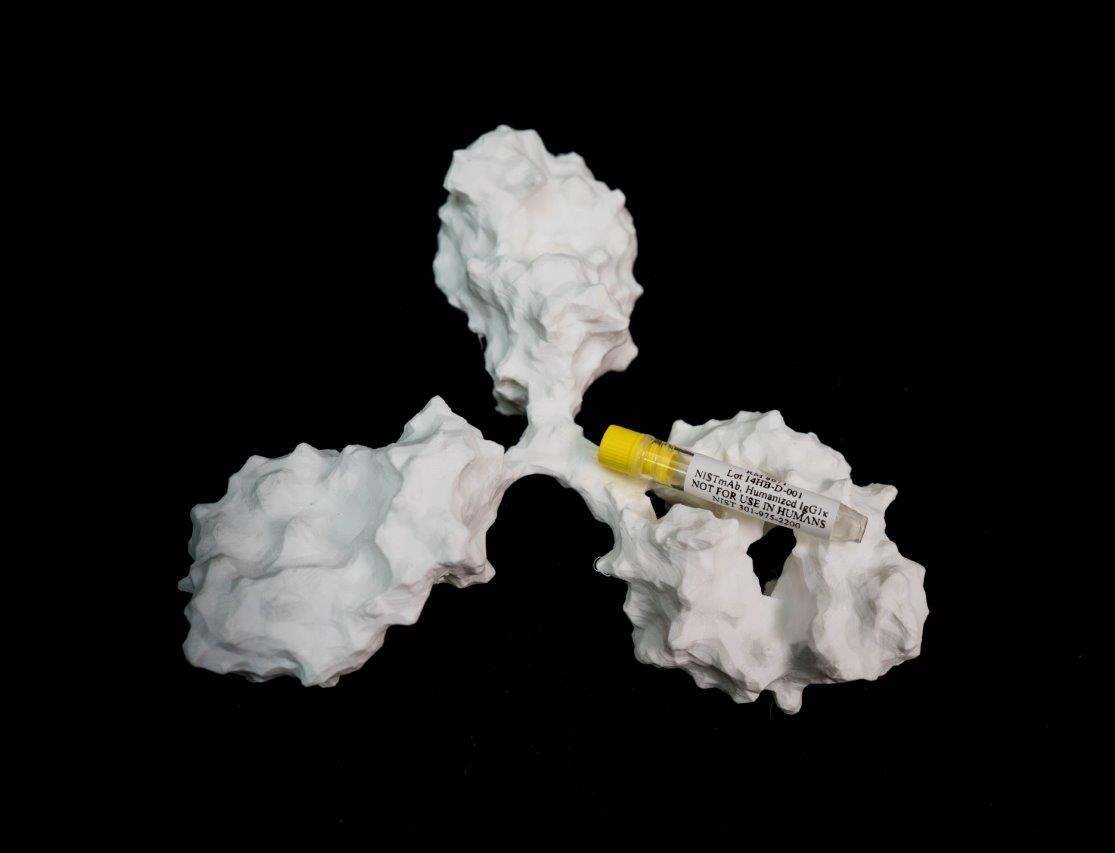Filters
Results: 101
A new deep field scan liquid chromatography-mass spectrometry method to identify host cell proteins in therapeutic proteins
Tuesday, September 30 2025
Residual host cell proteins (HCPs) in therapeutic proteins pose a persistent challenge to detect due to their low abundance and wide dynamic range relative to the drug substance. To address this, we developed a "deep field scan" liquid chromatography tandem mass spectrometry (LC-MS/MS) method that enhances HCP detection without sample enrichment or clean-up, by leveraging an automated, cumulative target mass exclusion list and iterative data acquisition. Built on the Thermo Orbitrap AcquireX...
Correlating high concentration behavior of commercial or clinical-stage monoclonal and bispecific antibodies with miniaturized polyethylene glycol precipitation assay
Saturday, September 20 2025
Subcutaneous delivery of protein therapeutics often necessitates strict limitations on low injection volumes and high protein concentrations. As a result, achieving high protein solubility is a critical quality attribute for subcutaneous protein drug products. Direct characterization of protein solubility during the early stages of drug development, however, is often impractical due to limited sample availability. In this study, we investigated the utility of a miniaturized, high-throughput PEG...
High-Performance Native Separation of mAb Proteoforms by CZE-MS under Native and Denaturing nanoESI Conditions for Ultrasensitive Charge Variant Characterization
Monday, August 11 2025
The monitoring of charge variants is crucial for quality control of therapeutic antibodies as variants can influence the efficacy or safety of a biopharmaceutical. Capillary zone electrophoresis (CZE) is a powerful tool for the efficient separation of charge variants using optimized electrolyte systems and is thus widely applied in the pharmaceutical industry. However, these electrolytes do not allow for coupling to mass spectrometry (MS), preventing direct identification of the separated...
Iodoacetyl Tandem Mass Tag-Based Site-Specific Free Thiol Analysis (TMT-SiFTA) of Monoclonal Antibodies
Tuesday, June 24 2025
Monoclonal antibodies (mAbs) consist of four polypeptide chains that are covalently linked by disulfide bonds formed between cysteine residues. However, low levels of free thiols derived from under-processed/reduced cysteines are commonly present. Because free thiols may increase the risk of undesired immunogenicity in mAb therapeutics, monitoring free thiol occupancies during drug development is crucial to ensure drug quality and safety. Multiple assays have been established to identify and...
Improved identification of host cell proteins in monoclonal antibodies by combining filter-aided sample preparation and native digestion
Tuesday, June 17 2025
Host cell proteins (HCPs) in biotherapeutics can present potential safety risks or compromise product stability at trace levels. Therefore, removal, testing, and characterization of HCPs are critical throughout biotherapeutic process development. While enzyme-linked immunosorbent assay (ELISA) is the gold standard for quantifying HCPs, it does not provide information on HCP identity. As a result, HCP analysis by liquid chromatography-mass spectrometry (LC-MS) has gained prominence for its...
